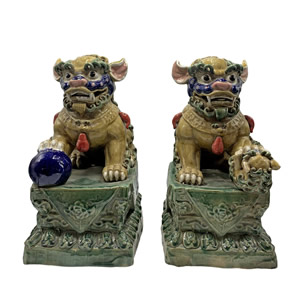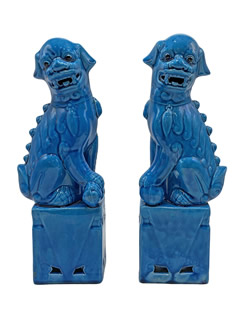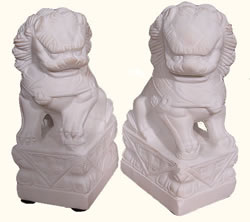What we know today as "Foo Dogs" were originally symbolic guardian lions of the Chinese imperial court. In Chinese, they're known as shi, meaning lion, which is thought to originate from the Persian ser. Documentation from the Han Dynasty (202 BC–220 AD) records lions given as tribute out of the "Western Regions" or what we know today as Central Asia. These attractions became fused with Asian symbolism and represent figures protective of high status or culturally significant locations. In the Buddhist tradition, which also entered China during the Han dynasty, the lion was a natural protector of the dharma. How we came to refer to the guaridan lions as "Foo Dogs" in the West is unknown, perhaps through transliteration of their name as the symbol passed from China into Korea and then to Japan, or perhaps in line with the Western practice of fearsome estate guard dogs. As either lion or dog, their placement began outdoors.
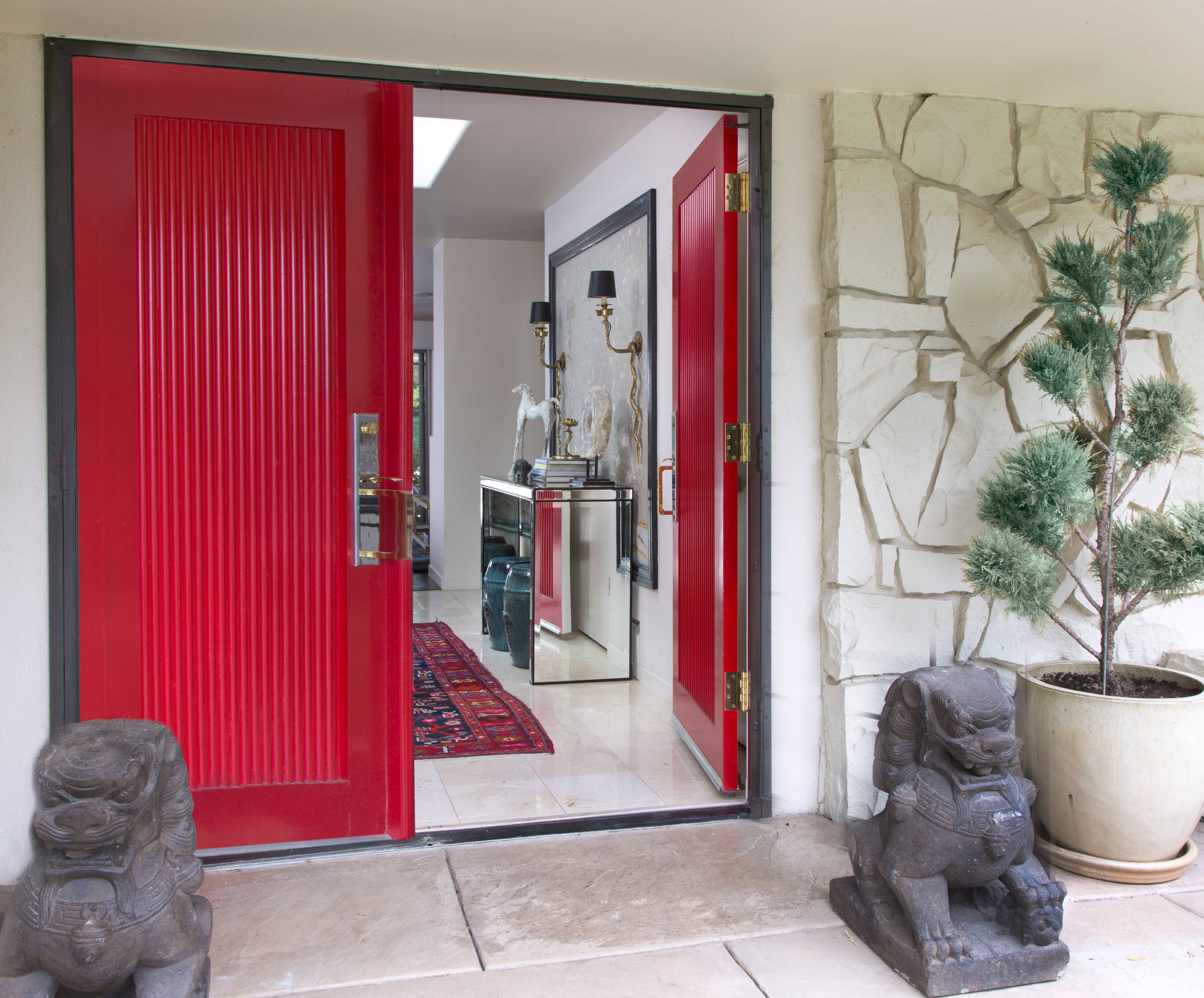
Andrea Schumacher Interiors
The stylization of the symbol was established in its current form by the Ming Dynasty. As such, they are meant to be displayed in pairs. One is female and holds a cub. She represents yin and is protective of beings within the dwelling. Her appropriate placement is to the left when seen head on. The other is male and holds a ball, perhaps symbolizing the world or celestial space. He represents yang, is protective of the structures themselves and should be placed to the right when viewed from the front.
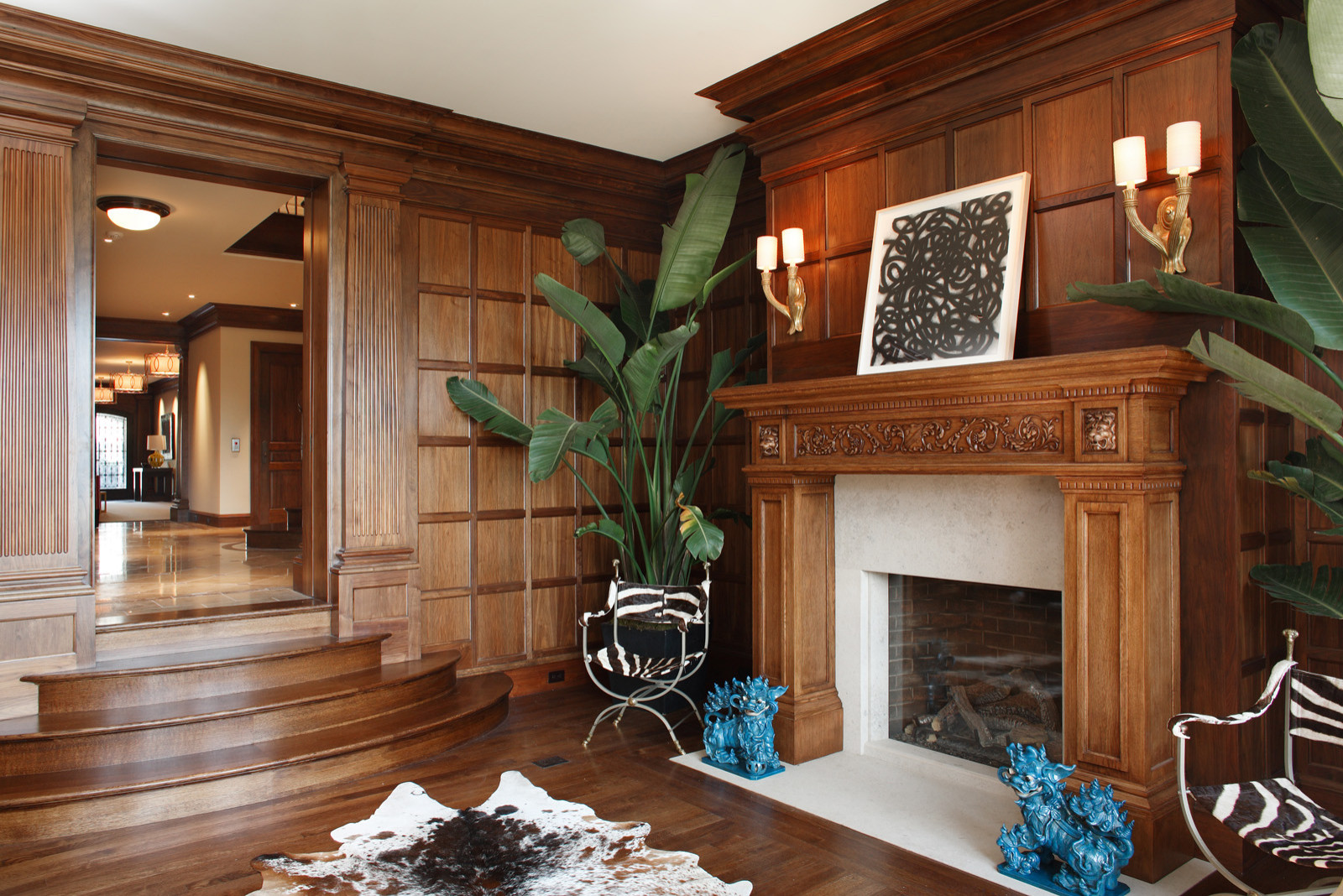
Matthew MacCaul Turner
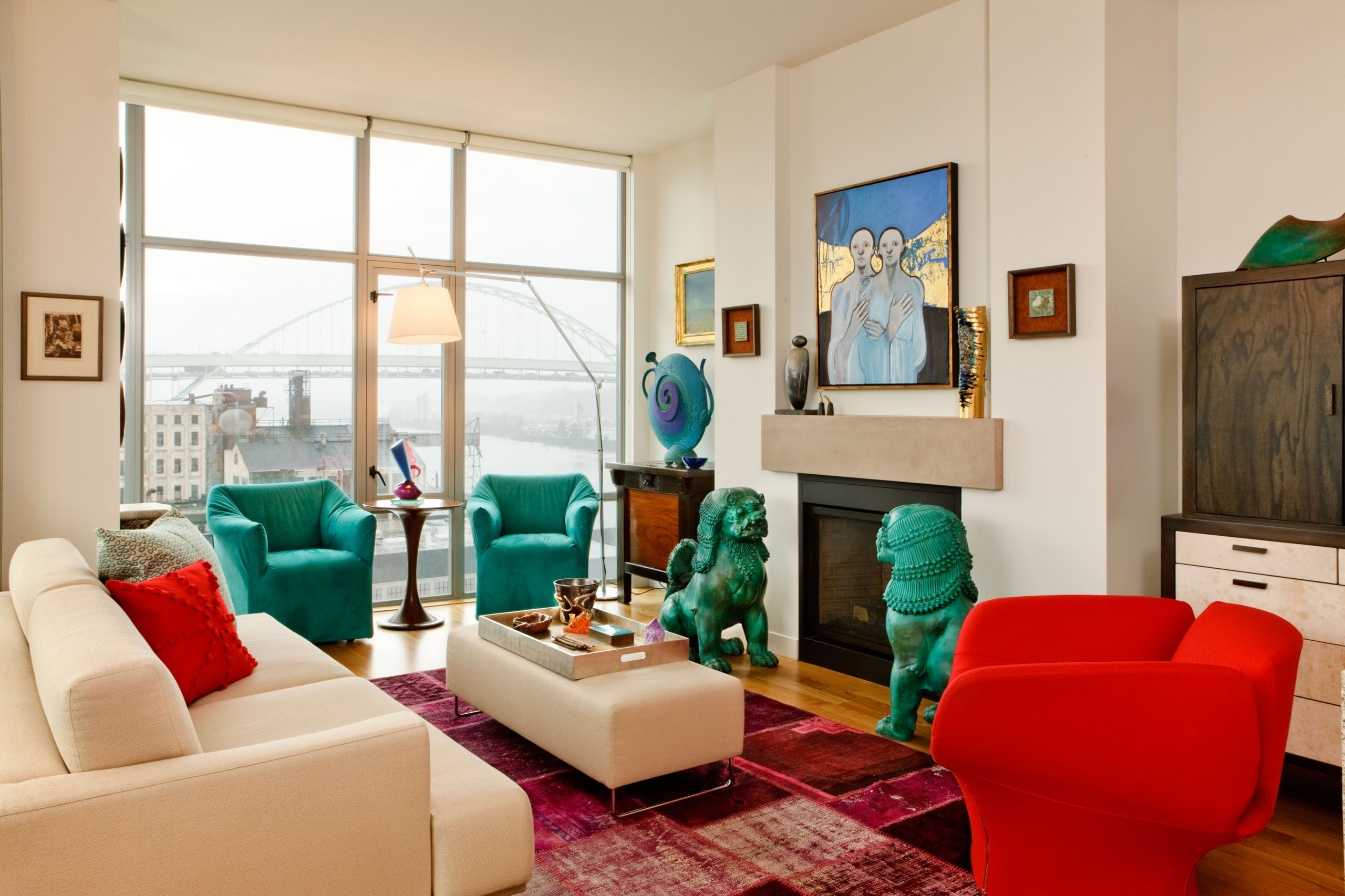
Garrison Hullinger

Alex Papachristidis

J Paul Builders
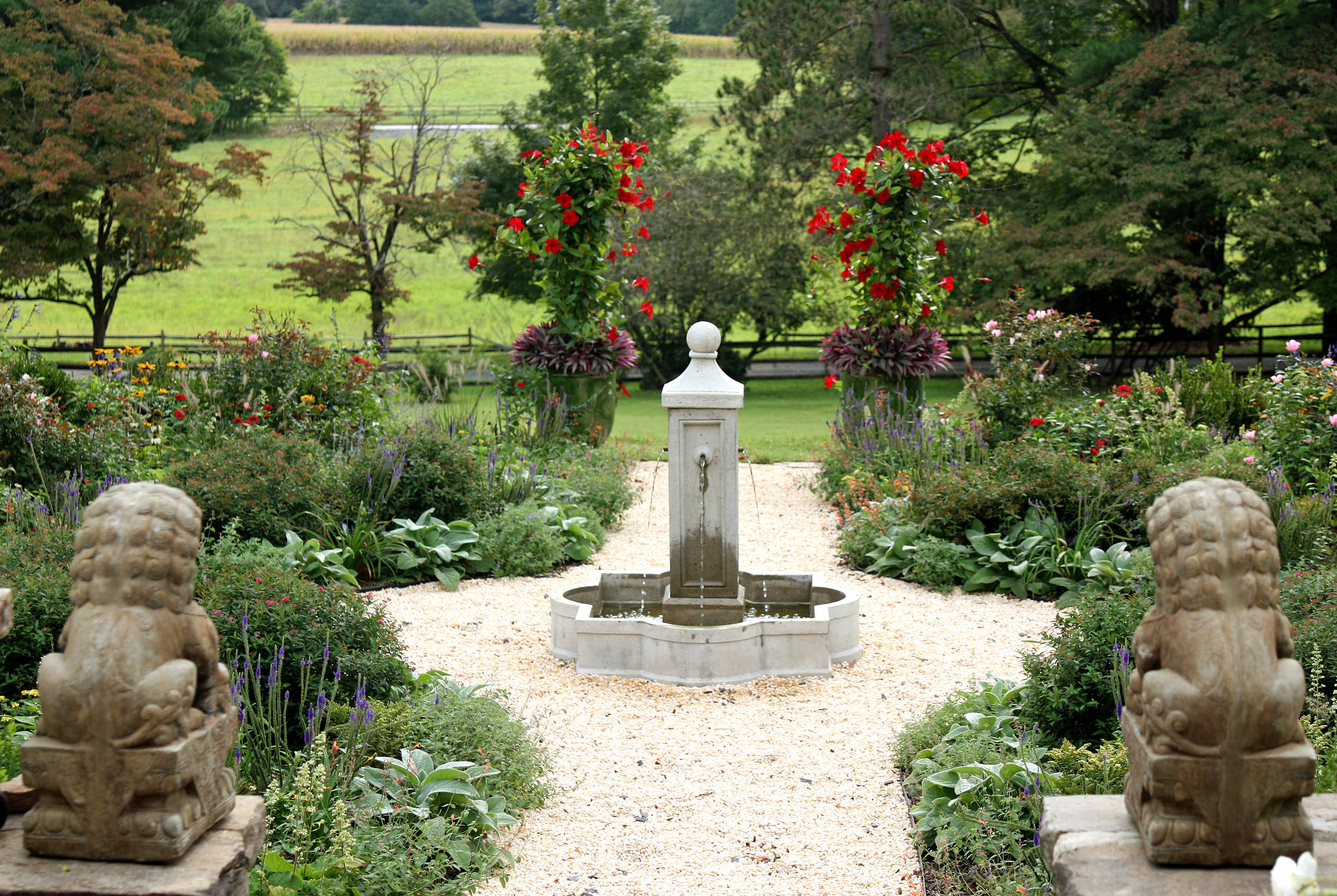
Binkley Horticultural Services

